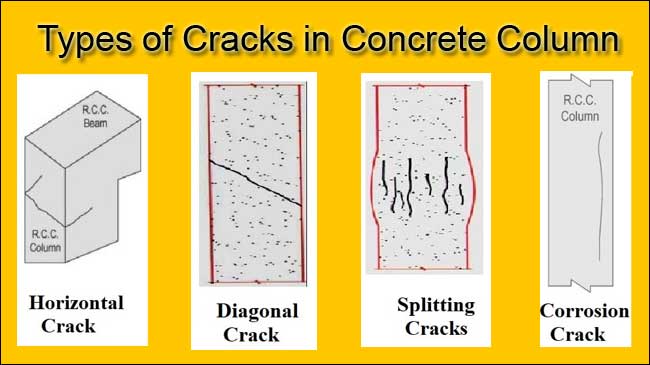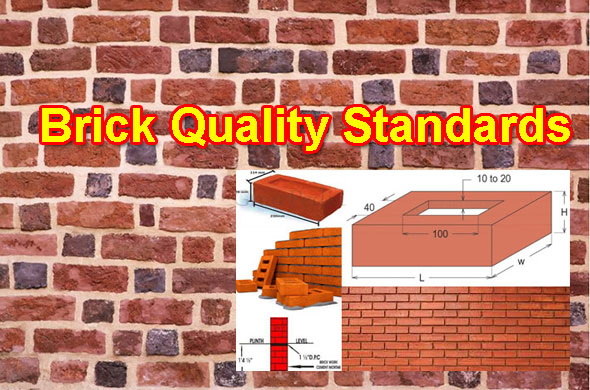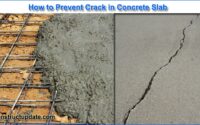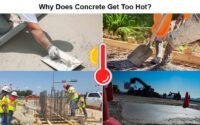Cracks in Concrete Column and Causes
WHAT IS CRACK:
Become fractured; break on the surface only is called crack. A common problem in both old and new houses is cracking in the exterior walls.

1. Diagonal Cracks:
It is almost always structurally related. Diagonal cracking is defined as a crack that tears through the material, not a step crack that follows the mortar joints. To understand the source or cause of a diagonal crack, draw an imaginary line perpendicular to the center of the crack, down. This should point to the source or reason for the cracking.
Both masonry and concrete are composite materials that behave well in compression and relatively poorly in tension. The trick then is to design components that are in compression all or at least most of the time and to keep the unavoidable tension events as rare as possible.
2. Horizontal Cracks:
Horizontal crack in the reinforced concrete column is observed to initiate mostly at the beam-column junction, and on-column face where tensile stress is large. Columns with inadequate moment resistance capacity, insufficient reinforcements, or disposition of installed reinforcement are prone to horizontal cracking; due to the effect of shear force and direct load and uniaxial bending.
Finally, horizontal cracks substantially reduce the shear strength of the column leading to a greatly increased risk of failure. So, it is required to be tackled as soon as possible.
3. Splitting Cracks:
Splitting cracks in reinforced concrete columns are short parallel vertical cracks with non-uniform width. Columns with Insufficient steel reinforcement and low concrete quality are susceptible to experience such types of cracks. Splitting cracks in concrete columns initiated as a result of reaching its maximum load-carrying capacity.
The ultimate Load carrying capacity of the column surpassed when the concrete cross-section is inadequate or the reinforcement ratio is insufficient or combination thereof.
4. Corrosion Cracks:
Corrosion cracks in concrete columns are developed along the line of reinforcements. This type of cracks is commonly uniform in width and widens as the column is aging.
Possible reinforcement corrosion and the inadequate bond between concrete and steel bars are the cause of corrosion reinforcement in concrete columns. If such type of cracks is not tackled the corrosion of reinforcement would accelerate considerably.





